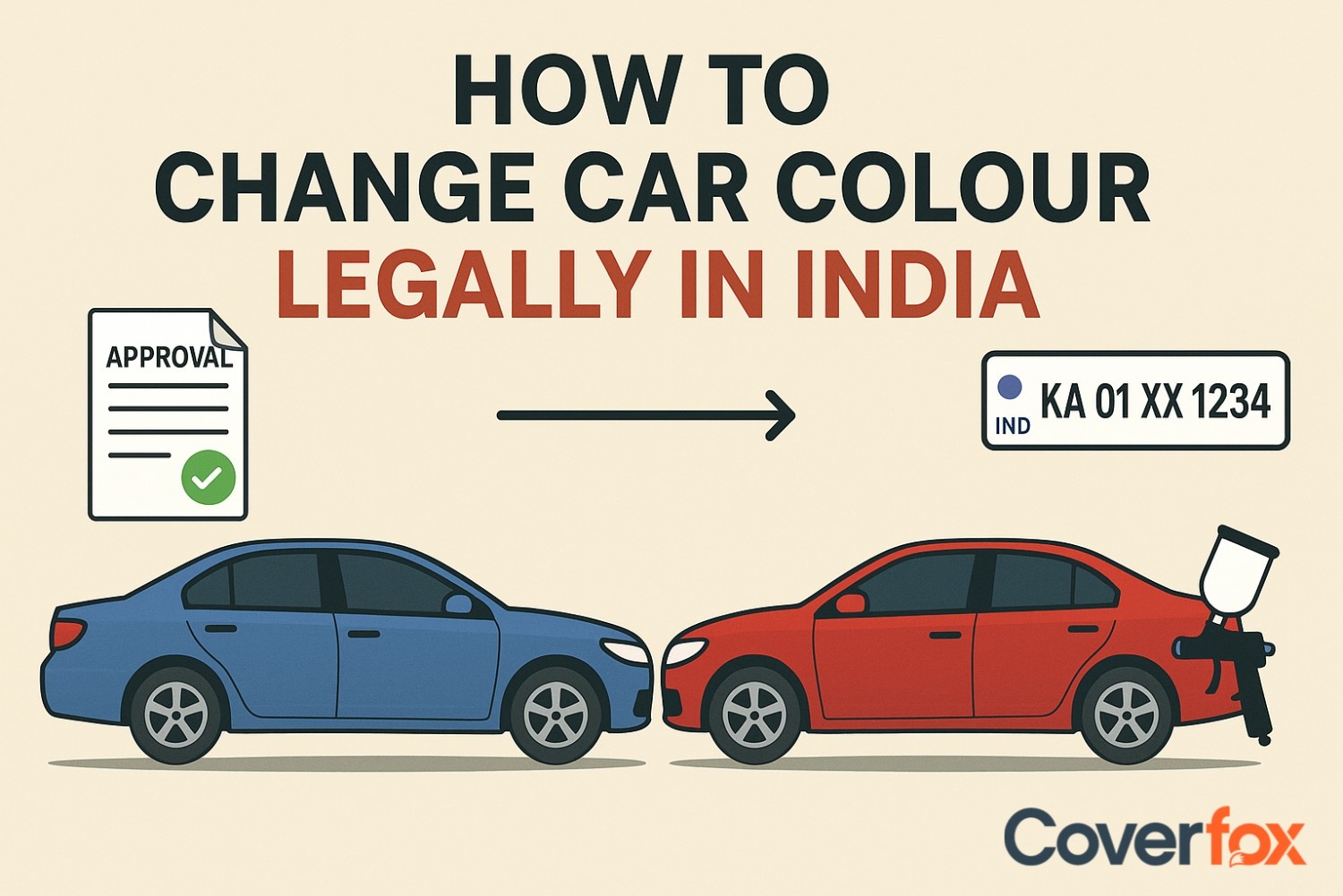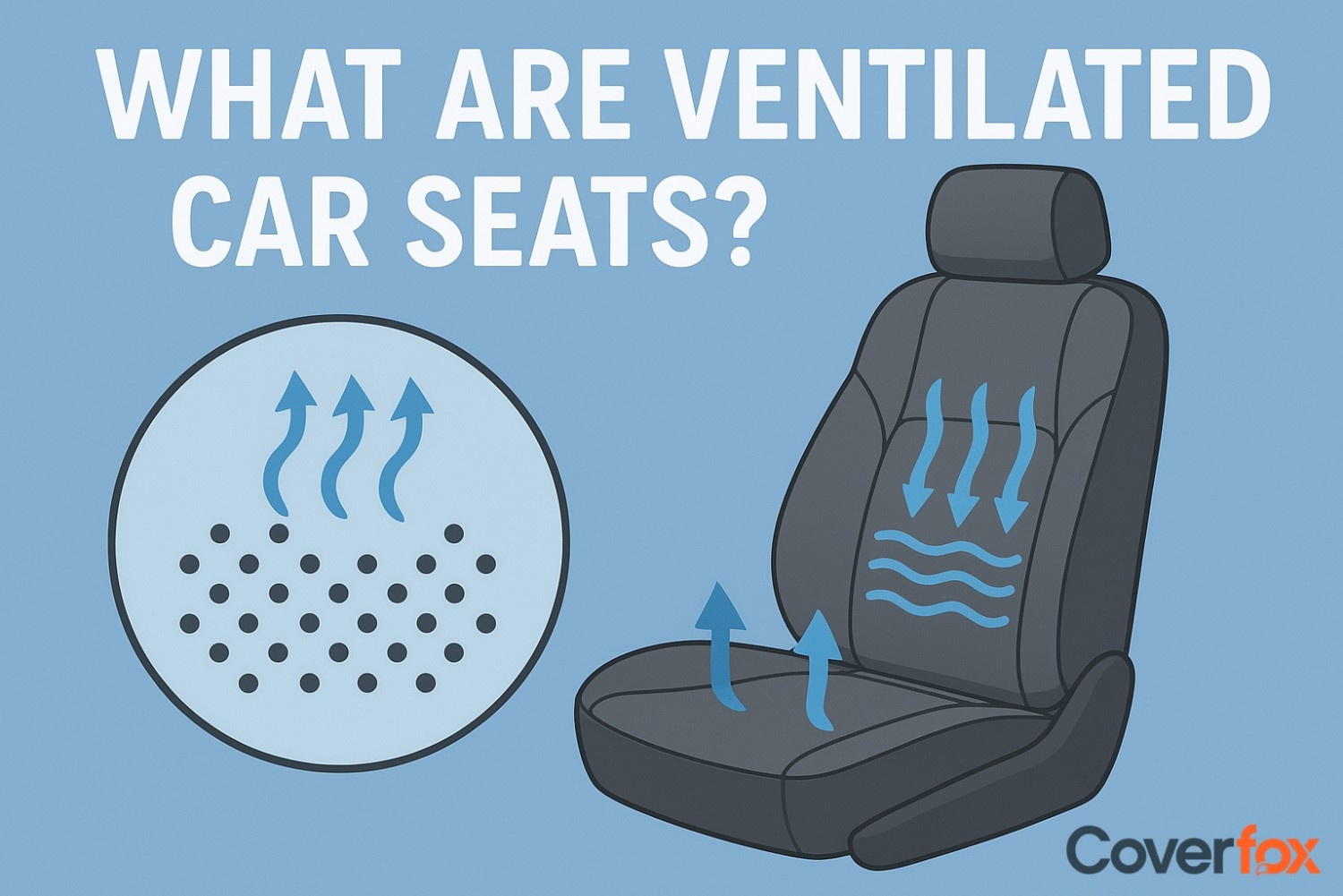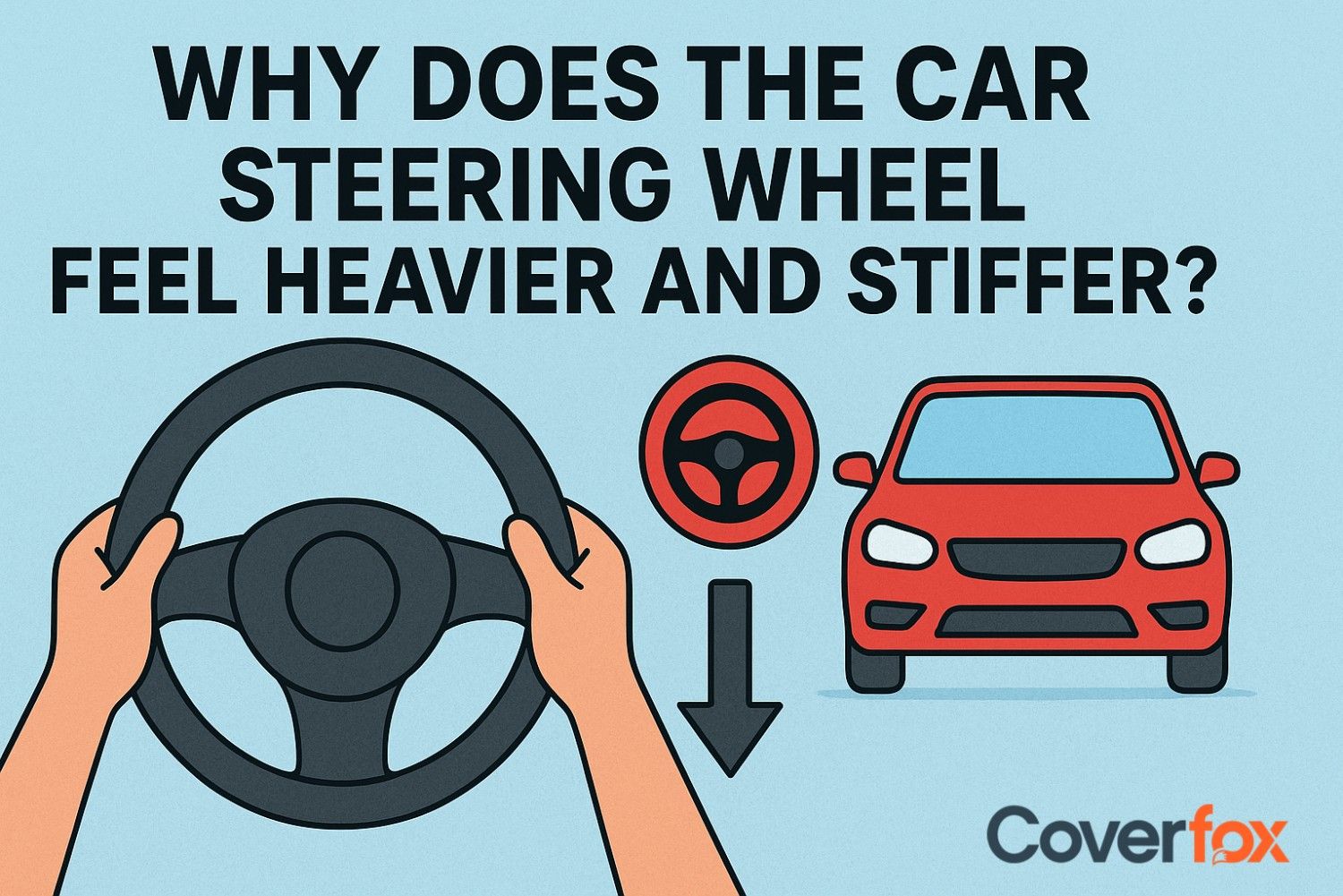Brakes are the most underrated component of an automobile. It is a lifesaver in complex situations and day-to-day driving. The world’s fastest car Koenigsegg Jesko Absolut can reach about 500 km/h in seconds, can’t it? However, the list does not end here, its effective technology lies in decelerating from 500 to 0 within 8-10 seconds.

Many of you might be scratching your head, thinking what’s so special about it? We know the complexity of enabling a car to go 0-100 within seconds. Similar is the reciprocity to reverse engineer this process to decelerate the car from 100-0 within the right time, simply so that we can live further and without any injuries. Let’s explore the journey of brakes- without putting the brakes on your time! Effective braking is the key element in learning how to drive a car.
What Is a Brake and How Does It Work?
A brake is a combination of hydraulic and mechanical systems, decelerating the kinetic energy by using friction to reduce the speed within the stipulated time. Naturally, effective braking generated a fair amount of heat when applied. The process of braking requires 8 times the power developed by the engine to bring it to a halt.
As we know the second law of Newton, “A thing exists to stay stationary until an unbalanced external force acts upon it.” Reverse engineering the same principle we can derive the fact that “ Until an internal and external force is applied the thing in motion will continue to accelerate or decelerate by natural force.” Given this, internal braking works on the basis of a simple cycle braking system i.e. using friction to stop wheel discs.
Fun fact: Early car brakes were simple wooden blocks pressed against wheels manually, unlike today’s high-tech systems that stop cars in seconds.
What Is a Braking System in Automobiles?
A braking system in an automobile is a combination of electric, hydraulic and mechanical systems working towards effective deceleration of an automobile when the brakes are applied within a safe window of time. It includes wheel discs, friction plates, an electrical computing unit, hydraulic fluid setup, pipes and sensors actively working in a real-time environment.
How Do Brakes Work in Automobiles? Step-by-Step
Let us understand in detail how brakes work in the below step-by-step guide:
Pressing the brake pedal
The driver presses the brake pedal, which is in the middle of the three-pedal car when he wants the car to stop or decelerate the speed.
Activation of hydraulic or mechanical linkages
As soon as the brake pedal is pressed, the hydraulic system is activated in link with the mechanical linkages. Which enables the hydraulic fluid to travel through the linkages to each of the 4 tyres. These fluids exert pressure to enable braking.
Friction applied to discs or drums
The disc plates and brake pads are pressed against each other by hydraulic pressure. With this, direction is applied to discs or drum brakes which we will discuss below. The friction in turn stops the rotational force.
The vehicle slows down or stops
Caused by friction, the vehicle slows down or stops by effective braking. This process of converting kinetic energy into heated frictional energy is called braking.
Release of brakes and return to motion
After the brake is applied for some time or complete stoppage. They are released and the car uses gears and an acceleration pedal to move again or move forward faster.
Types of Brakes in Vehicles
The types of brakes are listed below as per their historical relevance:
1. Disc Brakes
Braking with discs is accomplished by forcing friction pads against both sides of a rotating metal disc or rotor. The rotor turns with the wheel and is connected to a calliper assembly ( friction pad holding clip). When the brake pedal is pressed, hydraulic fluid forces the pistons and friction pads against the rotor.
A disc brake assembly consists of a calliper brake pad, rotor, hub, piston and many more. Provide better stoppage power and dissipation, reducing brake fade and performs well in wet conditions. More expensive to manufacture and maintain than drum brakes and can wear out brake pads faster under heavy use.
2. Drum Brakes
The brake drum is attached to the wheel and provides the rotating surface for the brake linings to rub against to achieve braking action. The brake drum is grooved to mate with a lip on the backing plate that provides the rotating seal to keep water and dirt from entering the brake assembly.
Typically cheaper to produce and maintain and provides strong braking force and works well for parking brakes. Prone to overheating and brakes fade under heavy use and are less effective in wet conditions due to water trapped inside the drum.
3. Emergency or Parking Brakes
Parking/emergency brakes are essential to the safe operation of any piece of automotive or construction equipment. Parking brakes interconnected with service brakes are usually found on automotive vehicles. A foot pedal or a dash-mounted handle actuates this type of parking/emergency brake.
They are connected through a linkage to an equalizer lever rod assembly, and cables connected to the parking/emergency brake mechanism within the drums/discs at the rear wheels. Provides safety while holding the vehicle stationary when parked and can act as a backup braking system in case of a brake failure. Less effective for stopping vehicles at high speed and mechanical linkages can wear out and it requires frequent maintenance.
4. Anti-lock Braking System (ABS)
ABS which is also known as skid control brakes uses speed sensors, hydraulic valves, and the on-board computer to prevent or limit tire lock-up time. The basic parts of anti-lock brake systems are the ABS computer, the hydraulic actuator, the tone wheels, and the wheel speed sensors. It prevents wheel lock-up and improves steering control during emergency braking and reduces stoppage distance over slippery or wet surfaces.
More expensive and complex to repair if it malfunctions and ABS can sometimes increase stopping distance on gravel, snow, or sand because it prevents wheels from locking, which may be useful for creating a braking wedge in such terrains.
(Regardless of the type, all bicycle brakes work on the principle of friction: slowing down the wheel by pressing a brake surface (pad) against a rotating part (rim or disc).)
Types of Automobile Braking Systems Based on Power Source
Friction is a basic principle underlying the brake. However, the means behind enabling the friction might differ in the form of mechanical braking, hydraulic braking, Pneumatic braking and many more as below:
1. Mechanical Braking System
The Mechanical braking system is one of the earliest and founding braking systems in the world. The underlying principle of mechanical systems is through the use of direct levers and friction enabling materials and disc brakes to work together. The working is simple, where the levers are pressed, it exerts force on the wheel through brake pads and the wheel is stopped.
2. Hydraulic Braking System
Hydraulic braking systems are the next generation of braking systems. It includes mechanical plus hydraulic integration for the vehicle to effectively brake in time. Here, the master cylinder and wheel cylinder work simultaneously, when the brake pedal is pushed and these hydraulic fluids are used to exert pressure on the disc via brake pads.
3. Pneumatic (Air) Braking System
An air brake system uses compressed air to activate the brakes. A compressor powered by the engine stores pressurized air in a reservoir. When the brake pedal is pressed, an air valve releases this air into brake chambers at each wheel. Inside the chamber, the air pushes a flexible diaphragm, which moves a plate connected to the brake mechanism. This action applies the brake shoes to slow or stop the vehicle.
4. Vacuum (Servo) Braking System
A vacuum (servo) braking system uses an engine vacuum to amplify the force applied to the brake pedal, making braking easier and more effective. When the driver presses the brake pedal, a vacuum-operated servo (booster) multiplies this force before sending it to the brake master cylinder. This results in smoother and more powerful braking with less physical effort. It's commonly used in passenger cars for enhanced comfort and safety.
5. Electromagnetic Braking System
An electromagnetic braking system uses magnetic force to slow down or stop a vehicle without physical contact. When activated, electric current flows through electromagnets that create a magnetic field, generating resistance against a rotating metal disc or drum. This resistance slows the vehicle smoothly and efficiently. It's commonly used in trains, trams, and some electric or hybrid vehicles due to its low maintenance and rapid response.
6. Electric Braking System
An electric braking system uses electrical energy to control and slow down a vehicle, often by reversing the motor's function. In electric and hybrid vehicles, it typically works through regenerative braking, where the motor acts as a generator to convert kinetic energy back into electrical energy, which is stored in the battery. This system reduces wear on mechanical brakes and improves energy efficiency. It's smooth, quiet, and eco-friendly.
Types of Braking Systems Based on Application
1. Foot or Service Braking System
The foot or service braking system is the primary braking system in most vehicles, operated by pressing the brake pedal with your foot. When the pedal is pressed, it activates hydraulic or pneumatic pressure that transfers force to the brake components at each wheel. This action slows down or stops the vehicle. It is designed for regular, everyday braking while driving.
2. Hand or Parking Braking System
The hand or parking braking system is a secondary brake used to keep the vehicle stationary when parked. It is usually operated by a lever or button and mechanically engages the rear brakes through a cable system. Unlike the foot brake, it works independently of the main hydraulic system and is especially useful on slopes or during emergency stops.
Different Types of Brakes in Automobiles Compared
Brakes are essential for vehicle safety, and various types are designed to suit different needs, from everyday driving to emergencies and high-tech vehicles. Below is a comparison table summarizing the key features, common applications, and advantages of different types of braking systems.
| Brake Type | Key Feature | Used In | Pros |
|---|---|---|---|
| Uses calipers and discs for stopping power | Cars, motorcycles, bicycles | Strong stopping power, better cooling, reliable | |
| Brake shoes press outward against a drum | In older cars, rear brakes in some cars | Cost-effective, simple design | |
| Prevents wheel lock during braking | Modern cars and motorcycles | Enhances control, reduces skidding | |
| Manually operated for parking or failure | All vehicles (as backup) | Independent of the main brake, hold the vehicle in place | |
| Uses magnetic force to slow motion | Trains, trams, electric buses | No friction, low maintenance, smooth braking | |
| Regenerates energy by reversing motor drive | EVs and hybrid vehicles | Energy efficient, reduces wear, eco-friendly |
Key Takeaways
Braking systems are vital safety components in all vehicles, converting kinetic energy into friction to slow or stop motion. There are various types of brakes like disc, drum, ABS, electromagnetic, and electric brakes, each suited for specific applications and vehicle types. They are one of the most essential inventions made in human history. If we think about it, everything is working with a braking system.
ABS, electronic vehicle stability and emergency braking are a few active systems of ADAS. Technologies like ABS and regenerative braking have enhanced vehicle control, energy efficiency, and overall driving safety. Various add-ons under comprehensive insurance policies such as accidental cover, zero depreciation add-ons and roadside assistance directly or indirectly cover any damage to your vehicle’s braking system. While brakes add to vehicle safety and car insurance will help you protect your car from unforeseen circumstances financially.
Frequently Asked Questions
What are the components of the braking system?
The brake pedal, master cylinder, brake fluid, brake lines, callipers, brake pads/shoes, and rotors/drums.
Why is an electromagnetic braking system preferred in trams and trains?
Because it offers smooth, contactless braking with low maintenance and high reliability.
What are the types of mechanical brakes?
Disc brakes, drum brakes, band brakes, and internal expanding brakes.
What are the disc brake components?
Rotor, calliper, brake pads, pistons, brake fluid lines, and mounting bracket.
Do cars have 2 or 4 brakes?
Most cars have 4 brakes, one on each wheel.
What type of car brakes are best?
Disc brakes with ABS are considered the best.
What are the 3 common types of brakes?
Disc brakes, drum brakes, and emergency (parking) brakes.





